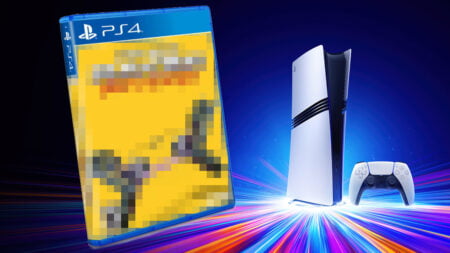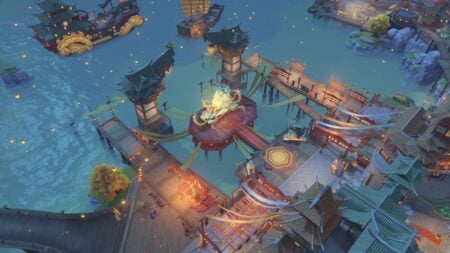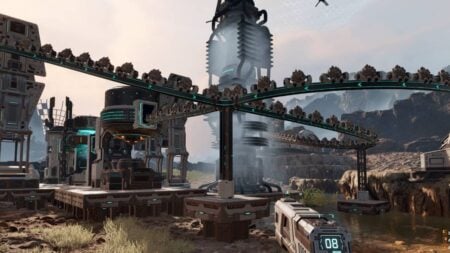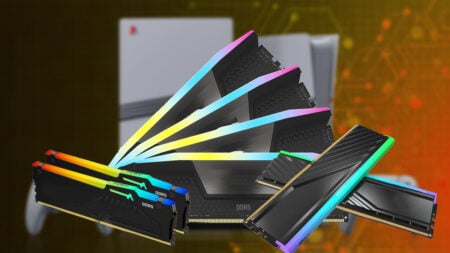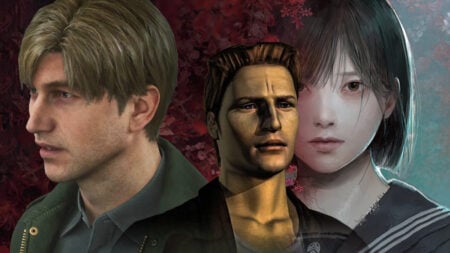Skip To...
Open-world and sandbox games come in countless forms. From superhero titles like Spider-Man 2 to sci-fi epics like Starfield, the most popular games are often also some of the biggest. The reasons are obvious. Gamers are always hungry for content, and getting a bigger game for the same price is an attractive proposition. If a game that spans a kingdom is good, wouldn’t one that spans a continent be better? Interestingly, the answer is no, at least some of the time. The newest Yakuza title, Like a Dragon Gaiden: The Man Who Erased His Name, is a great argument for why size isn’t everything when it comes to in-game maps.
Thousands of Planets vs. A Few City Blocks

2023 saw the release of some blockbuster open-world games. They Starfield, Spider-Man 2, Cyberpunk 2077: Phantom Liberty, and Like a Dragon Gaiden: The Man Who Erased His Name. Some players will object to calling the newest Yakuza game “open-world,” as the name “sandbox” is arguably more fitting. It takes place in a relatively small, content-rich environment, and though you can pursue activities in whatever order you want, the transitions from one area to the next are linear. In fact, that almost perfectly describes Baldur’s Gate 3 as well. Ultimately, the difference between sandbox and open-world games is minimal, however. What matters is what we can learn from them.
Making a game bigger can easily make it worse. One of the most common criticisms of Starfield is that its 1,000+ worlds are mostly barren and largely repetitive. With such a mind-boggling scale, developers have no choice but to turn to techniques like procedural generation to populate their games with locations, objects, and enemies. Skyrim and Fallout 4 are far smaller, but they’re also richer in content. You never have to travel far to find something to do, and those “somethings” are rarely repetitive. While Starfield disappointed many players, Kiryu’s story is the best it’s ever been.
Like a Dragon Gaiden’s More Personal World

The size of the map in Like a Dragon Gaiden is small, focusing on Sotenbori, Osaka and Isezaki Ijincho, Yokohama. You also spend some time at The Castle, a container ship remade into a Vagas-style playground for adults. Though the main story tells a wild tale of corruption, power, and revenge, the game’s many side quests arguably outshine it. Despite being limited in scope to the equivalent of a few city blocks, Like a Dragon Gaiden feels massive. It’s easy to see why. Rather than superficially bloat the game by extending its walkable space, the developer focused on packing the city with as many things to do as possible.
In Like a Dragon Gaiden, you can eat ramen, race toy cars, beat up street thugs, sing karaoke, save cats from trees, woo hostesses, help YouTubers grow their audience, hunt for collectible suitcases, play retro video games, and take part in dozens of other activities. In Chapter 2, Kiryu gets access to the Akame Network, a system of jobs throughout the city that he can pick up at any time. These range from single-cutscene quests that you can complete with one or two button presses to elaborate side missions that will take you on a tour of the city before you’re done. The game is both more immersive and more fun due to its comparatively small map.
Yakuza Shows Less Is More

The smaller size of Like a Dragon Gaiden and the other Yakuza games creates a deeper and more authentic experience. As a result, the world feels more alive. The density of side quests and minigame content doesn’t just keep players playing. It gives them genuine reasons to explore and interact with the world. It’s fortunate that The Elder Scrolls 6 will likely feature a return to a smaller, more tailored setting. The contrast between Like a Dragon and Starfield is a painful one.
Like a Dragon Gaiden: The Man Who Erased His Name is available for PC, PlayStation 4, PlayStation 5,


